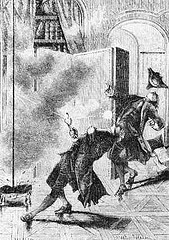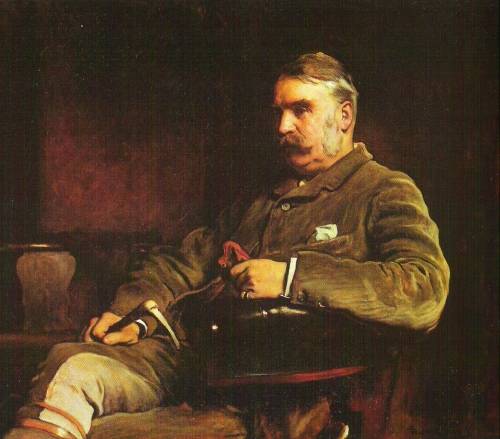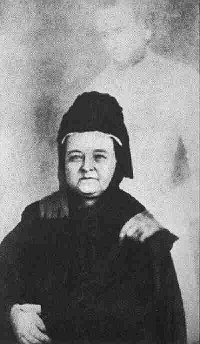Phantom ships, as they have been called, have repeatedly been seen by various observers. Mr. Scoresby, in his voyage to Greenland, in 1822, saw an inverted image of a ship in the air, so well defined that he could distinguish by a telescope every sail, the peculiar rig of the ship, and its whole general character, insomuch that he confidently pronounced it to be his father’s ship, the Fame, which it afterwards proved to be.
— Charles Kingsley, The Boys’ and Girls’ Book of Science, 1881
See also The Wizard of Mauritius.



